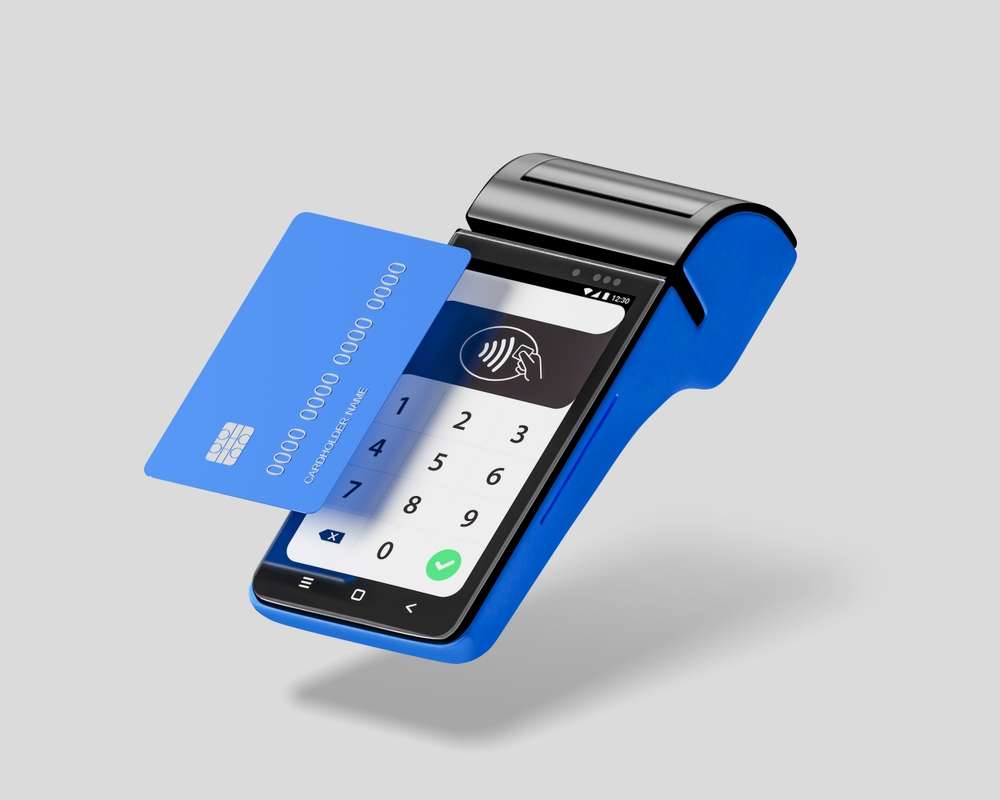Phone Rental vs Purchase: Financial Comparison
Choosing between renting and purchasing a phone involves weighing upfront costs against long-term financial implications. While purchasing requires a significant initial investment, renting offers lower monthly payments but may cost more over time. Understanding the financial differences between these options helps consumers make informed decisions based on their budget, usage patterns, and upgrade preferences.

Understanding Rent-to-Own Phone Programs
Rent-to-own phone programs allow consumers to obtain smartphones through monthly payments without requiring full upfront payment or traditional credit approval. These programs typically involve leasing agreements where customers pay weekly or monthly fees for device usage, with options to purchase the phone at the end of the rental period. Major wireless carriers and third-party companies offer various rent-to-own structures, each with different terms and total costs.
The rental model appeals to consumers with limited upfront capital or those seeking flexibility in device upgrades. However, the total cost often exceeds the retail price of purchasing the same device outright. Understanding these programs requires examining payment structures, ownership timelines, and additional fees that may apply throughout the rental period.
Practical Guidance for Evaluating Phone Rental Options
When evaluating rent-to-own phone options, consumers should calculate the total cost of ownership over the entire rental period. This includes monthly rental fees, insurance charges, late payment penalties, and any final purchase price required to own the device. Comparing these total costs against the retail price of the same phone reveals the premium paid for the rental convenience.
Consider your upgrade frequency when choosing between rental and purchase. Frequent upgraders may benefit from rental programs that include upgrade options, while users who keep phones for several years typically save money through direct purchase. Additionally, examine the condition requirements for returned devices, as damage fees can significantly increase the total rental cost.
Exploring the Rent-to-Own Phone Model Benefits and Drawbacks
The rent-to-own model offers several advantages including lower barrier to entry, built-in upgrade paths, and included insurance coverage. These programs often require minimal credit checks and provide immediate access to premium smartphones that might otherwise be financially out of reach. Some programs include damage protection and technical support as part of the rental fee.
However, drawbacks include higher total costs, ownership restrictions, and potential penalties for early termination. Rental customers typically cannot modify their devices or may face limitations on carrier switching. The cumulative cost over 12-24 months often exceeds the original retail price by 30-60 percent, making this an expensive financing option compared to traditional purchase methods.
Financial Comparison Analysis
Direct comparison between rental and purchase options reveals significant cost differences across various scenarios. For a premium smartphone retailing at $800, rental programs typically charge $25-45 per week or $100-180 per month. Over an 18-month period, total rental costs can range from $1,800 to $3,240, compared to the $800 purchase price.
Purchasing phones through carrier installment plans or personal financing often provides better value than rent-to-own programs. These alternatives typically offer 0% APR financing for qualified customers, spreading the retail price over 24-36 months without additional interest charges. Even personal loans with moderate interest rates frequently cost less than rent-to-own premiums.
| Option | Provider Type | Monthly Cost | Total 18-Month Cost |
|---|---|---|---|
| Rent-to-Own | Aaron’s/RAC | $120-150 | $2,160-2,700 |
| Carrier Financing | Verizon/AT&T | $33-44 | $600-800 |
| Direct Purchase | Retail/Online | $800 upfront | $800 |
| Personal Loan | Banks/Credit Unions | $45-55 | $810-990 |
Prices, rates, or cost estimates mentioned in this article are based on the latest available information but may change over time. Independent research is advised before making financial decisions.
Making the Right Choice for Your Situation
The decision between renting and purchasing depends on individual financial circumstances, credit availability, and usage patterns. Consumers with sufficient savings or access to low-interest financing typically benefit from direct purchase or carrier installment plans. Those with limited upfront funds or poor credit may find rent-to-own programs provide necessary access despite higher costs.
Consider your phone replacement cycle when making this decision. Users who upgrade every 1-2 years might justify rental costs through included upgrade benefits, while those keeping phones for 3+ years should prioritize ownership through purchase. Additionally, factor in insurance needs, as rental programs often include protection that would cost extra with purchased devices.
Evaluating the total cost of ownership over your expected usage period provides the clearest financial comparison. While rent-to-own programs offer convenience and accessibility, they consistently cost more than alternative financing methods, making them suitable primarily for consumers with limited financing options or specific flexibility requirements.




